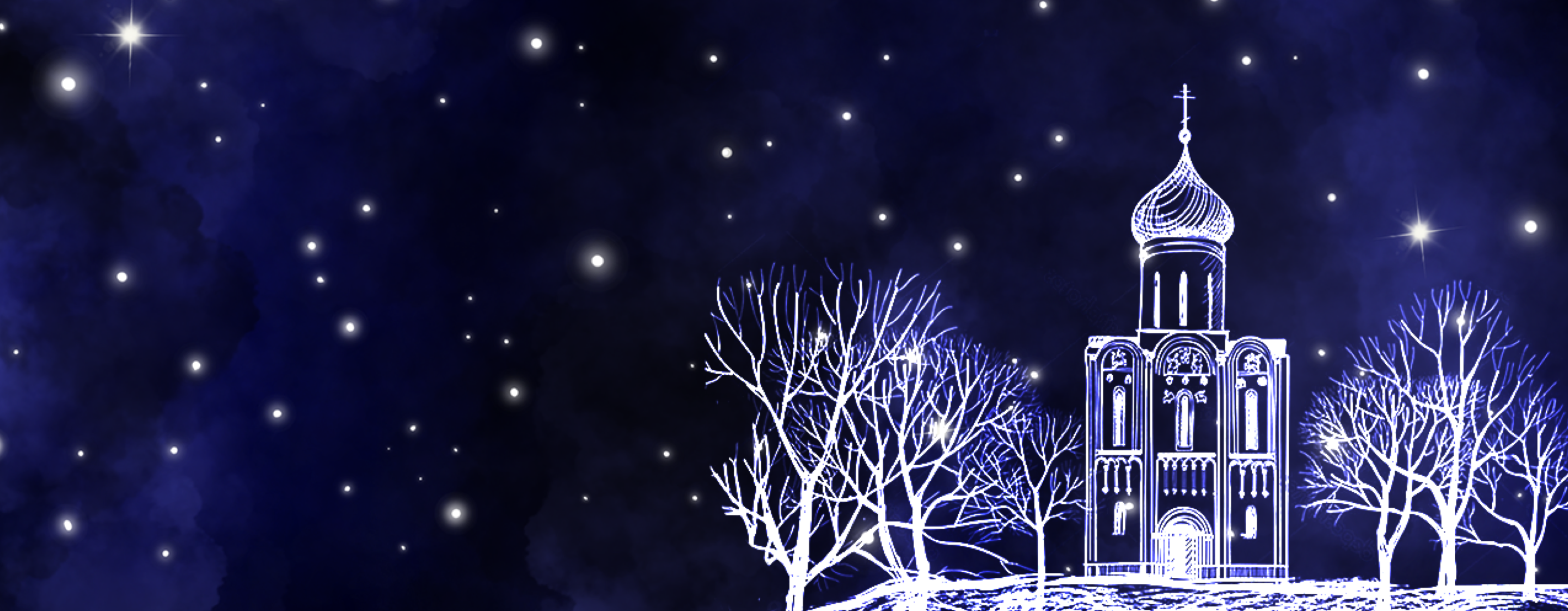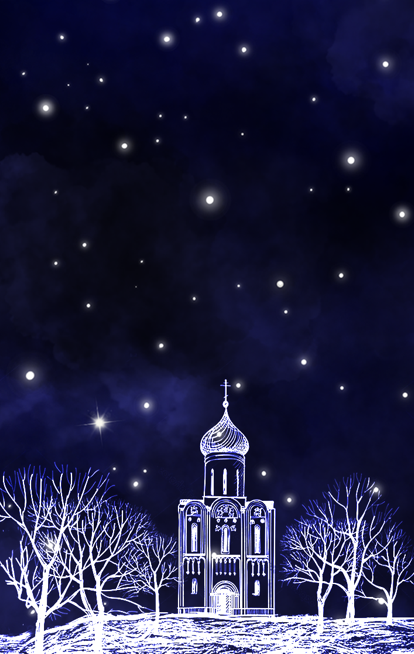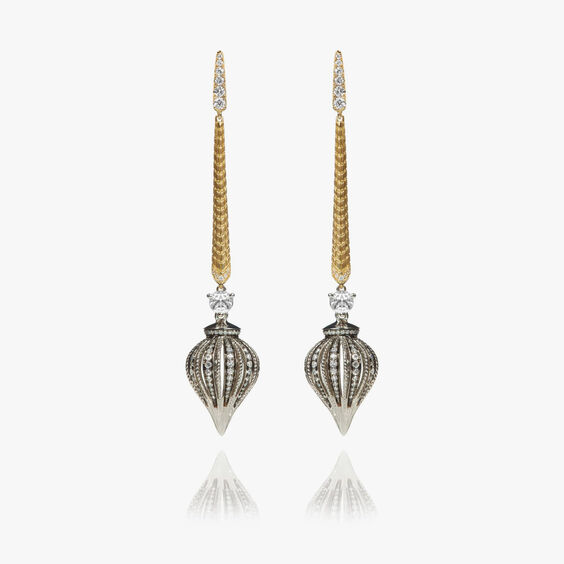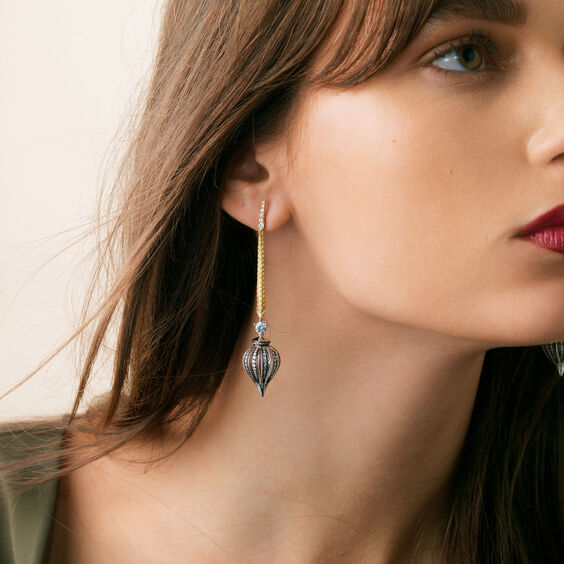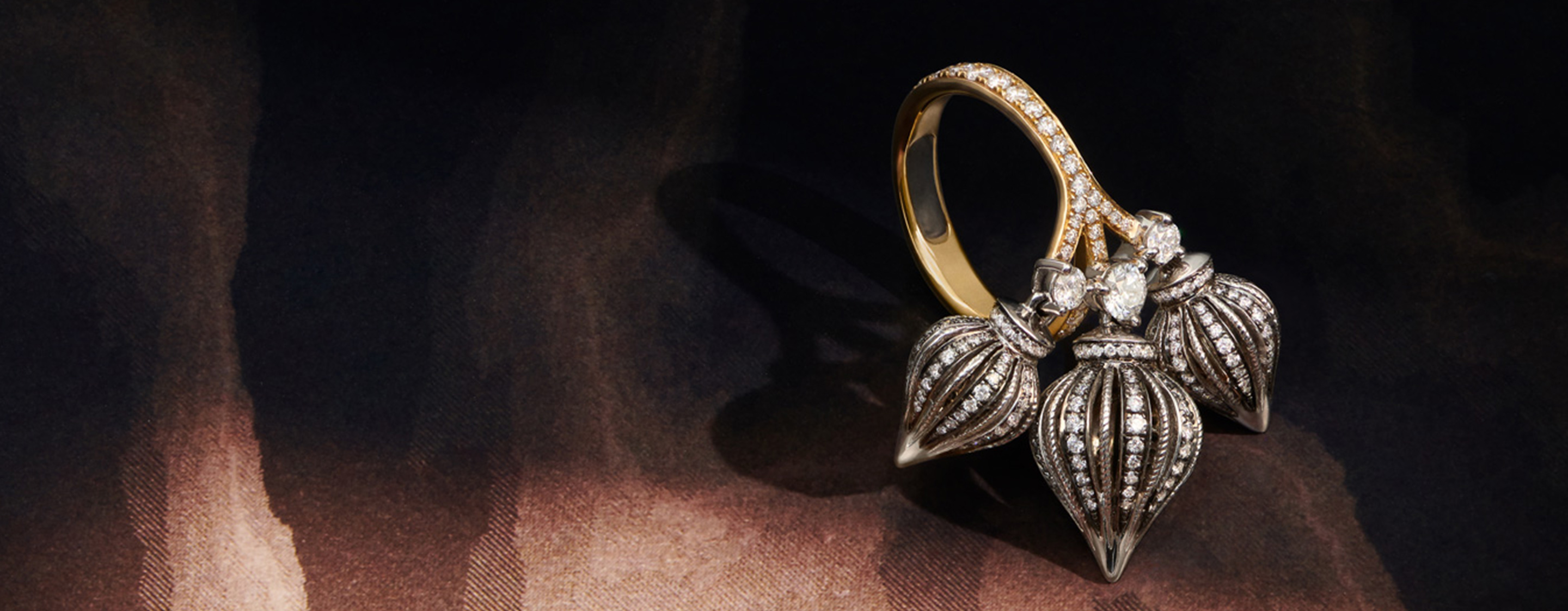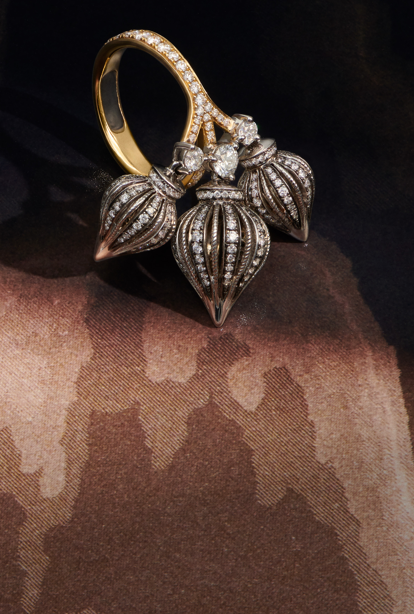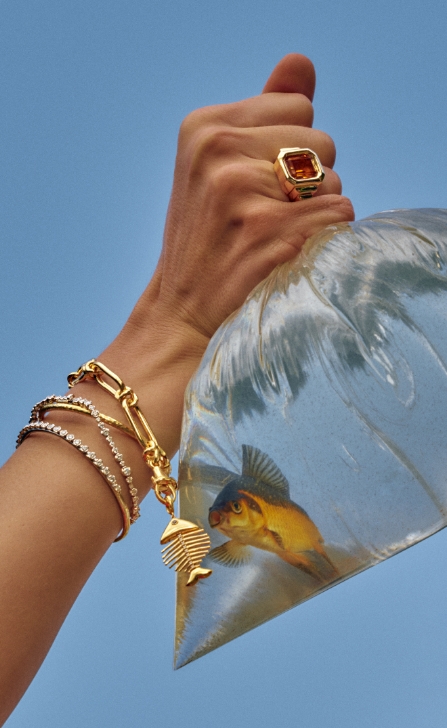Back
To Top
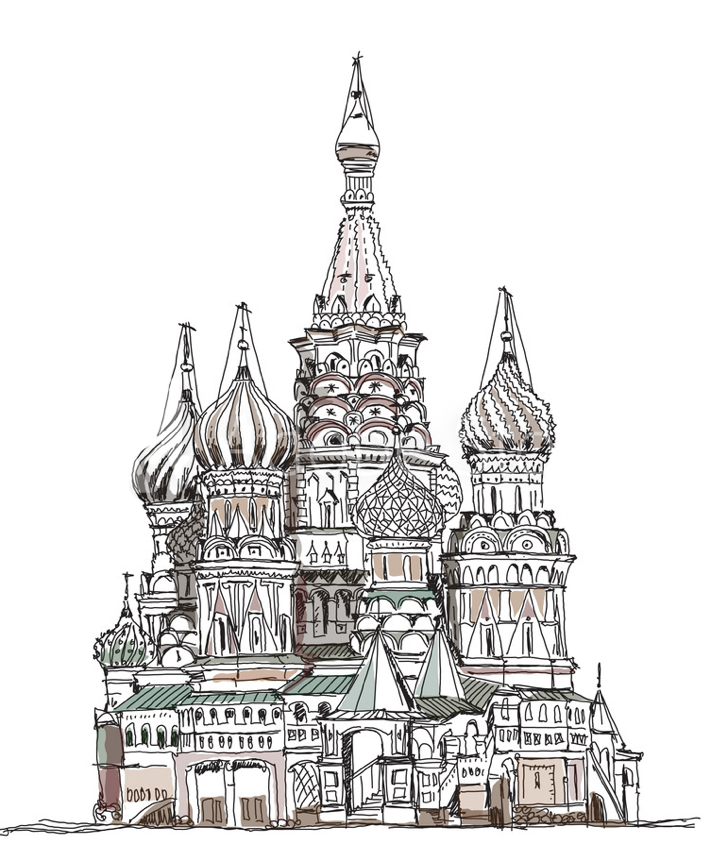
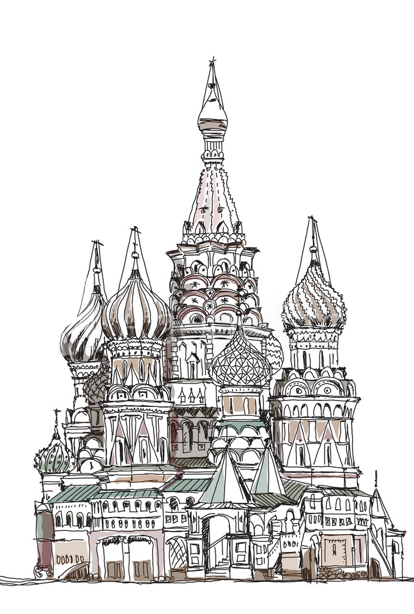
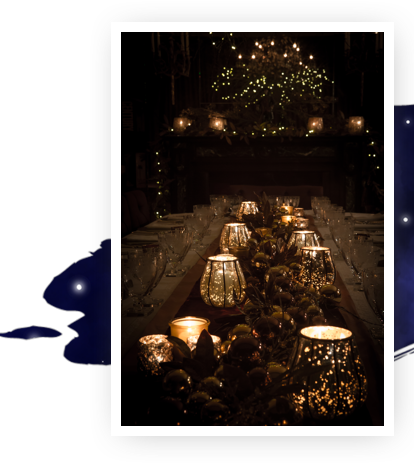 TAKE ME
TAKE ME
Back ➜
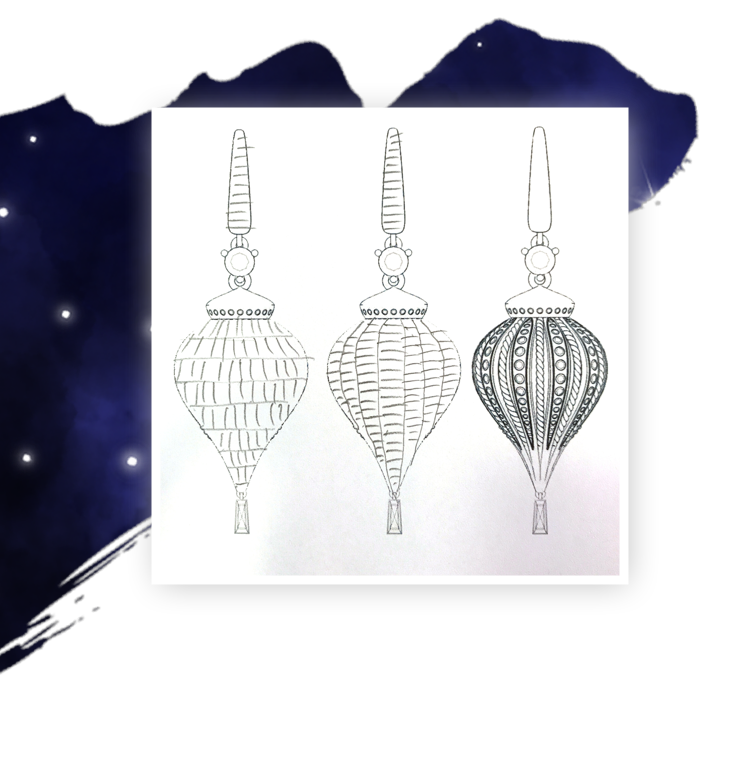
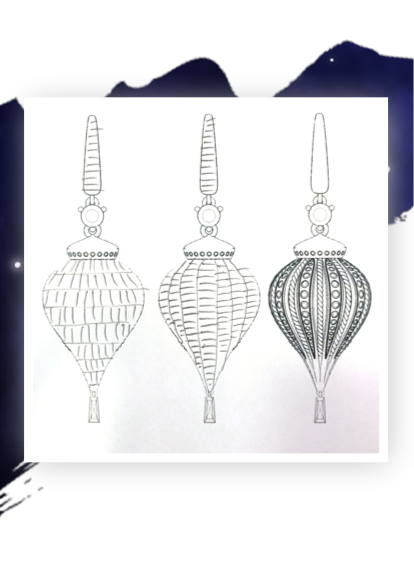
To Top
While some Russian Christmas traditions are like those practiced in the West, others are specific to
Russia, reflecting the countries’ rich history and the traditions of the Russian Orthodox Church. Home to
39% of the worlds Orthodox Christians, who follow the Julien calendar, many Russians
celebrate Christmas Day on January 7 th , the culmination of 40 days of advent, running from 28 th
November.
For others, Christmas celebrations begin on Christmas Eve, the 24 th December, called Сочельник, whose name derives from the special meal made of grains, seeds, nuts, honey and dried fruit, which signifies the end of the Nativity Fast. Traditionally the Nativity Fast is not broken until the first star is seen in the evening sky on the night of Сочельник, to symbolize the appearance of the Star of Bethlehem that inspired and led the three wise men to Jesus' home in Jerusalem.
For others, Christmas celebrations begin on Christmas Eve, the 24 th December, called Сочельник, whose name derives from the special meal made of grains, seeds, nuts, honey and dried fruit, which signifies the end of the Nativity Fast. Traditionally the Nativity Fast is not broken until the first star is seen in the evening sky on the night of Сочельник, to symbolize the appearance of the Star of Bethlehem that inspired and led the three wise men to Jesus' home in Jerusalem.


However, it is only as recently as the early 1990’s that Russians have started celebrating Christmas
again, after all religious holidays were banned for around 60 years under Soviet rule. With no celebration
or adornment allowed at this time of year, Russians instead put the emphasis on New Year’s Eve. This
was a moment to openly gather, celebrate and exchange gifts and even included “New Year Eve Trees”,
adorned with coloured lights and decorations. New Year is also when the fable of Grandfather Frost
known in Russian as ‘Ded Moroz’ and his Granddaughter Snegurochka is told. It is believed that these
spirits will bring presents to children, and on this night children hold hands and make a circle around the decorated tree and summon them. When they appear,
the star and other lights on the tree light up!
After Christmas was reinstated, it remained a smaller and more sacred time of year. For some, Russian Christmas Eve or Sochelnik on the 6 th of January, is a time when children will visit relatives and grandparents for sweet treats and gifts and many sing songs together. On Christmas Day, the 7 th of January, many religious Russians attend holy services to give thanks before coming together for a big meal with stuffed goose.
After Christmas was reinstated, it remained a smaller and more sacred time of year. For some, Russian Christmas Eve or Sochelnik on the 6 th of January, is a time when children will visit relatives and grandparents for sweet treats and gifts and many sing songs together. On Christmas Day, the 7 th of January, many religious Russians attend holy services to give thanks before coming together for a big meal with stuffed goose.

Today, Christmas for many Russians internationally combines lots of traditions and cultures. For
Annoushka, who is half Russian but grew up in England, Christmas is a moment she finds the time to
mark her Russian roots with her family and recall the wonder and magic she felt as a child at this time of
year.
“I remember the magic of Christmas most with memories of dark evenings lit by lots of twinkling candles, delicious food and our house filled with children. We often hosted at home, with family friends and my Great uncle Victor and on Christmas eve, we’d all get dressed up and have a big meal, often with goose and other Russian delicacies. My uncle was a particularly devout Orthodox, so he ensured we observed certain traditions, while my Mother was far more interested in the frivolities and making sure things felt fun – so there were plenty of drinks - and caviar from her suppliers. Even though my Mother and uncle are no longer alive, I maintain tradition on Christmas eve and force John and the kids into getting dressed up and entering into the Russian spirit! This year more than ever, these traditions and connections to loved ones feel particularly important”
“I remember the magic of Christmas most with memories of dark evenings lit by lots of twinkling candles, delicious food and our house filled with children. We often hosted at home, with family friends and my Great uncle Victor and on Christmas eve, we’d all get dressed up and have a big meal, often with goose and other Russian delicacies. My uncle was a particularly devout Orthodox, so he ensured we observed certain traditions, while my Mother was far more interested in the frivolities and making sure things felt fun – so there were plenty of drinks - and caviar from her suppliers. Even though my Mother and uncle are no longer alive, I maintain tradition on Christmas eve and force John and the kids into getting dressed up and entering into the Russian spirit! This year more than ever, these traditions and connections to loved ones feel particularly important”
Back ➜


Annoushka’s emotive connection to her heritage and to the opulence often associated with Russian
design, is beautifully illustrated in her Touch Wood collection, featuring exquisitely polished ebony,
rhodium plated gold and twinkling diamonds.
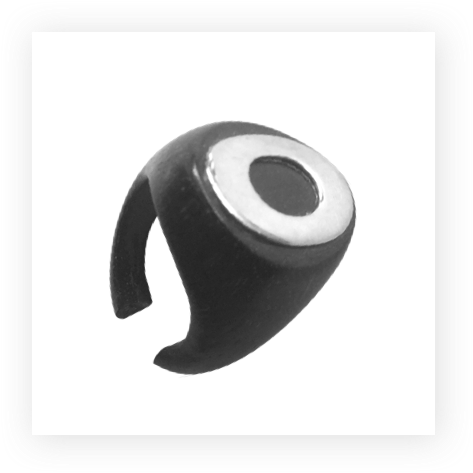
Annoushka's mother's ebony ring inspired elements of the collection

Annoushka's mother's ebony ring inspired elements of the collection
